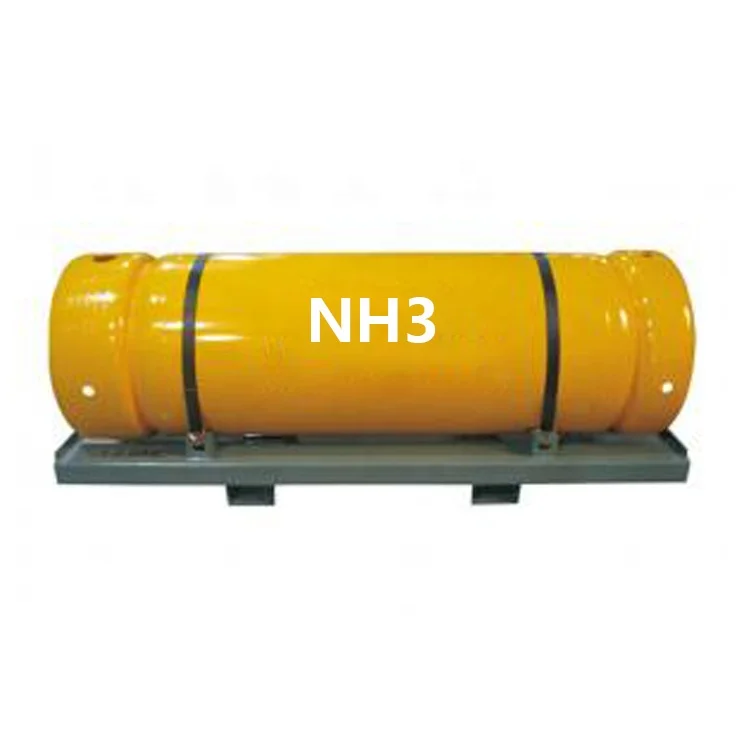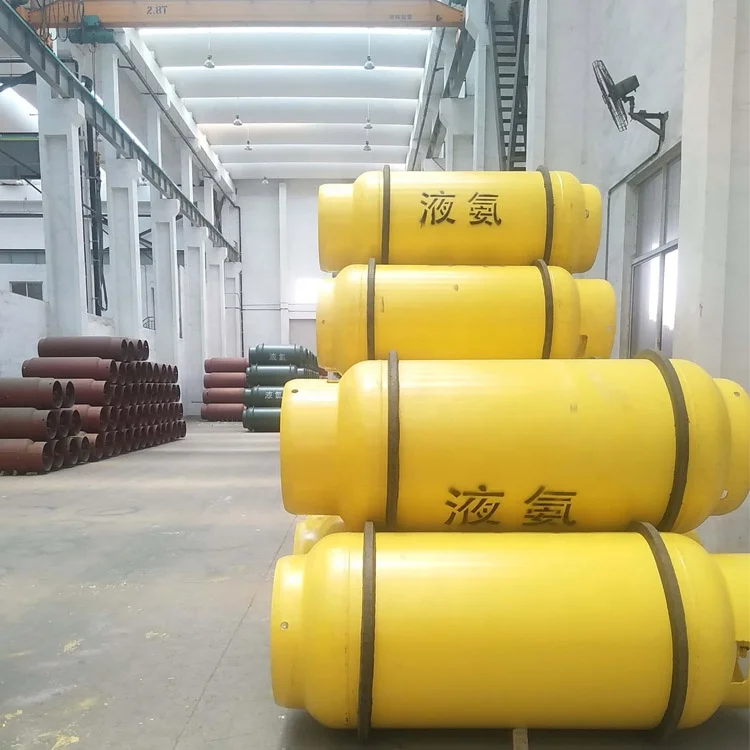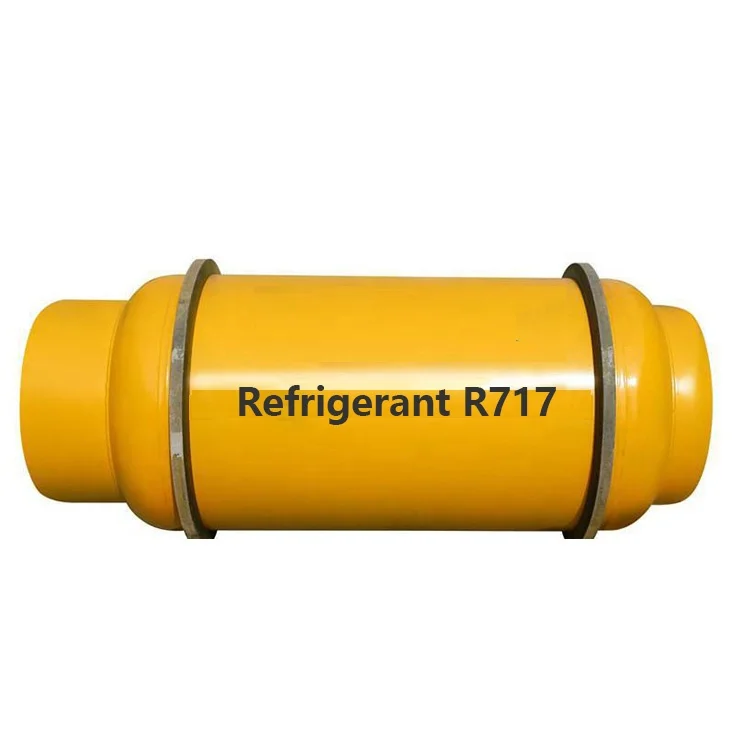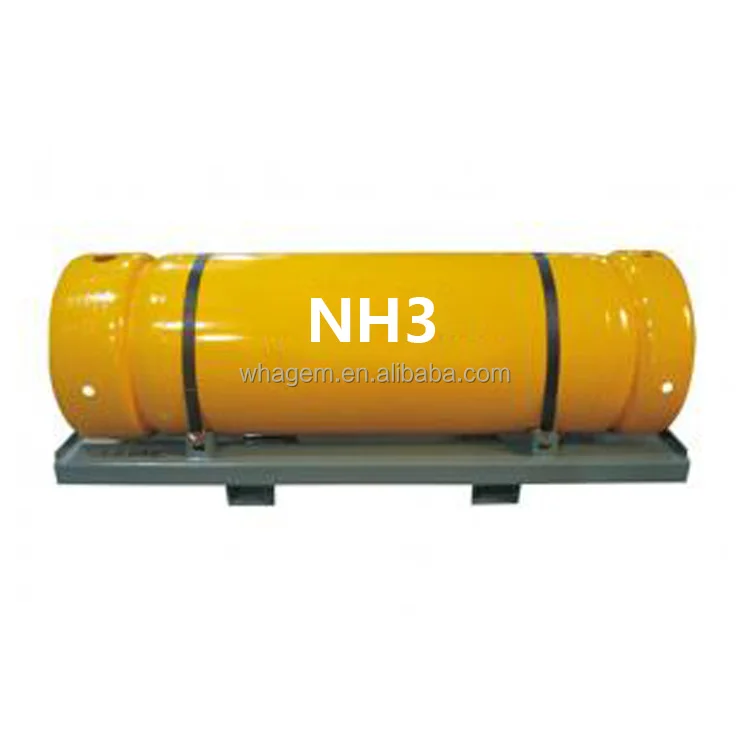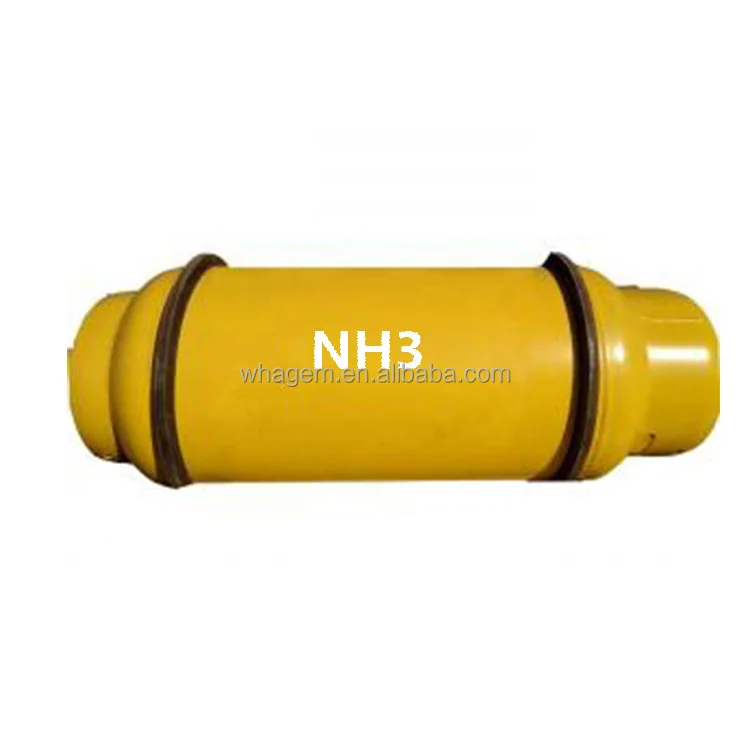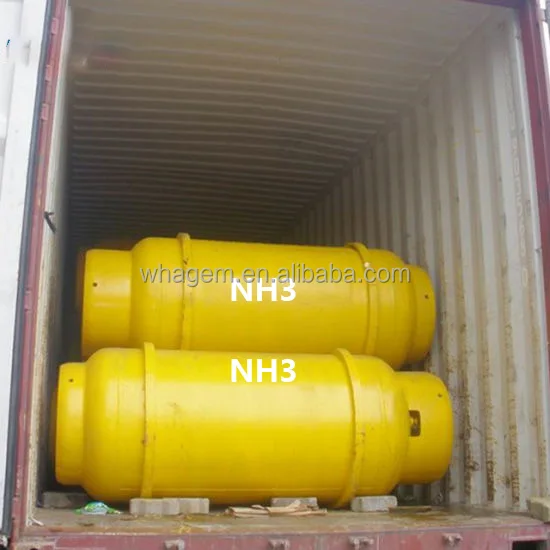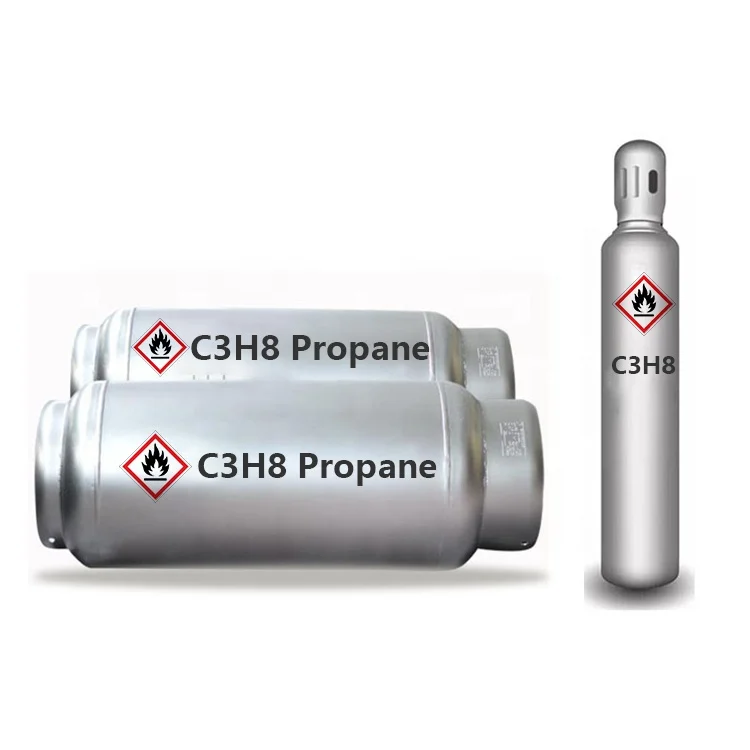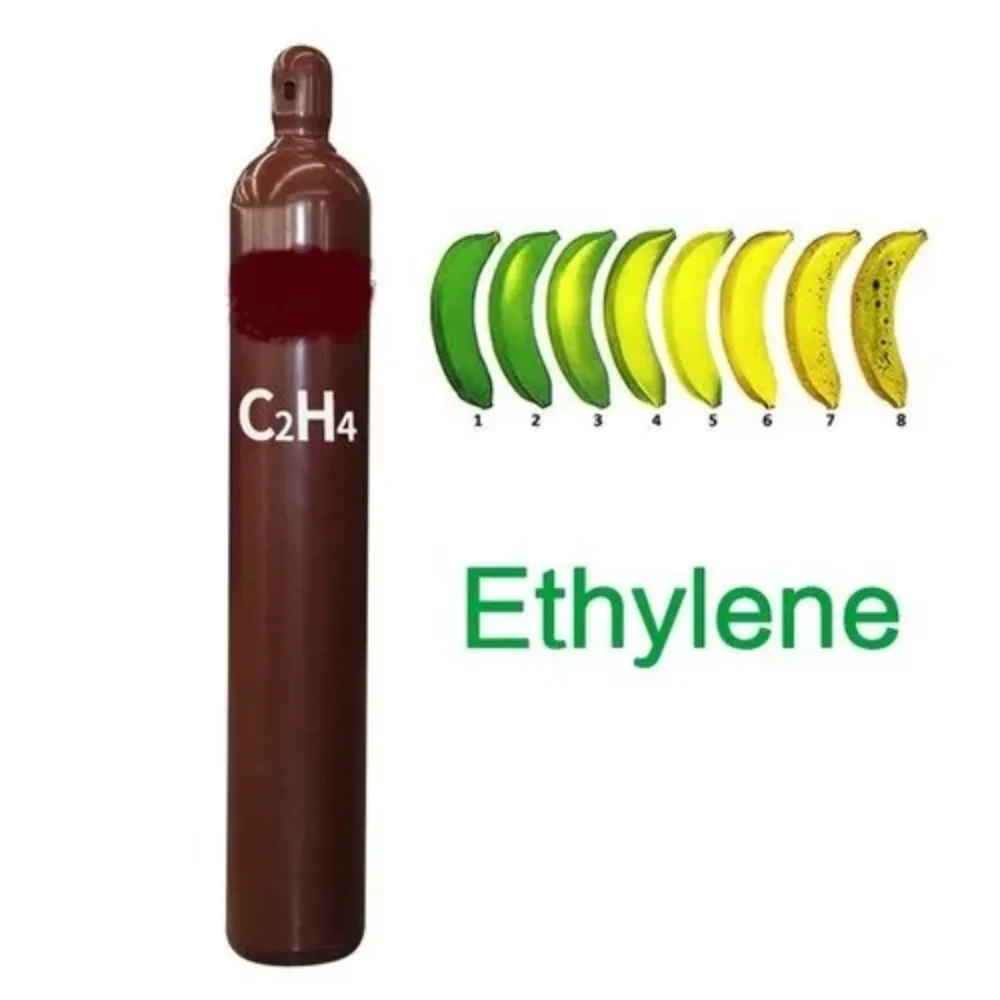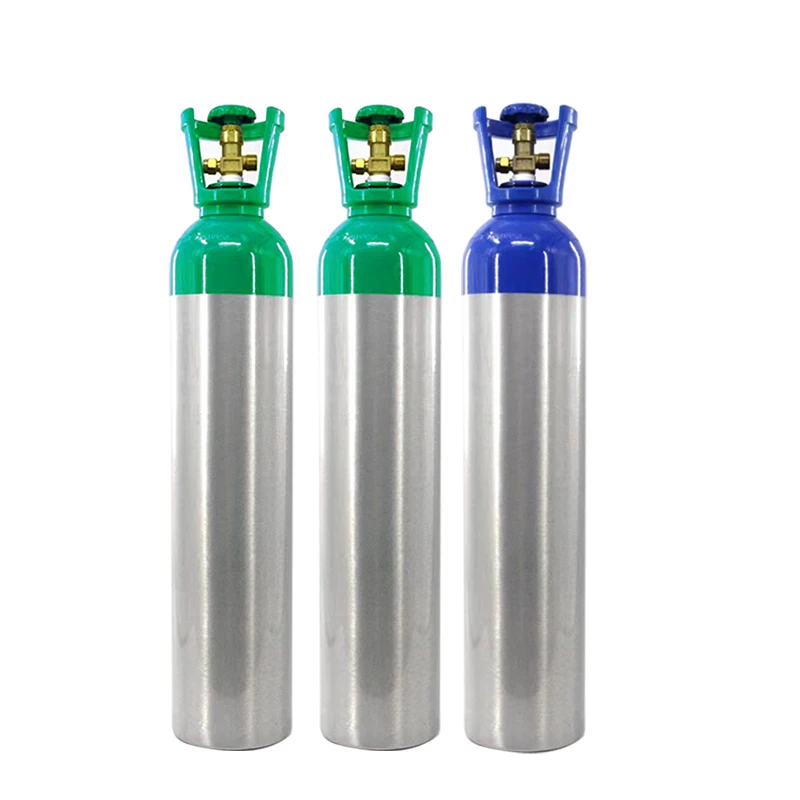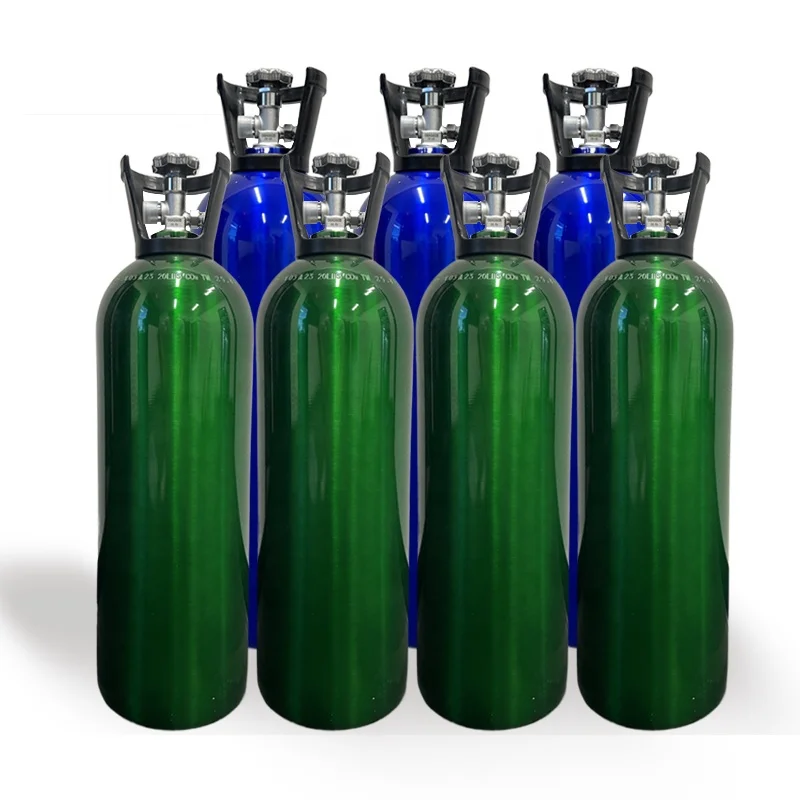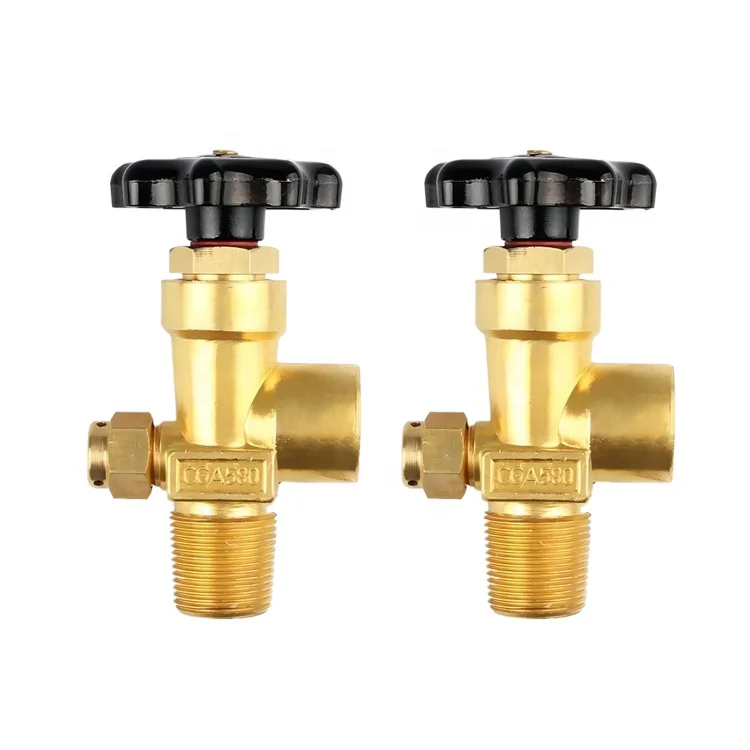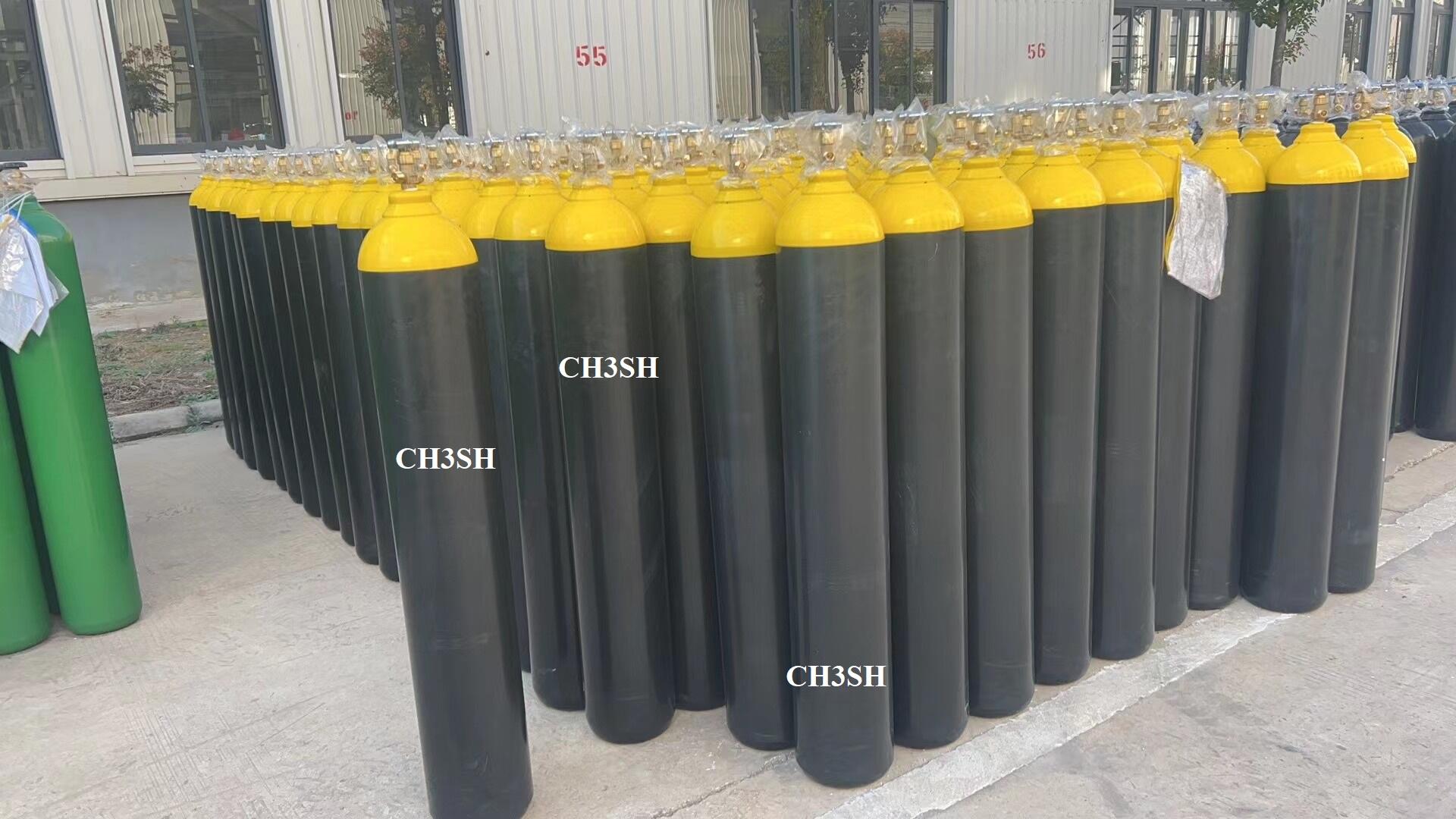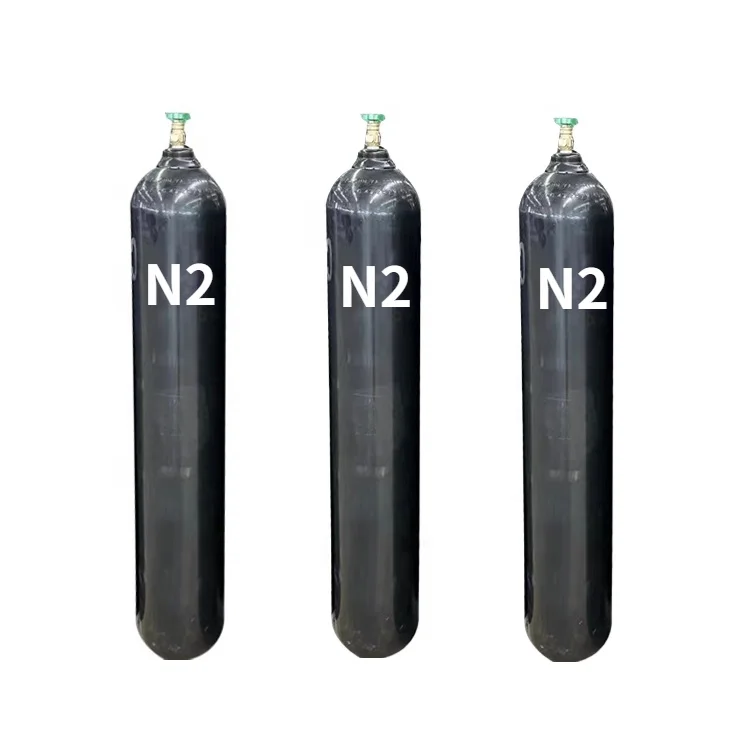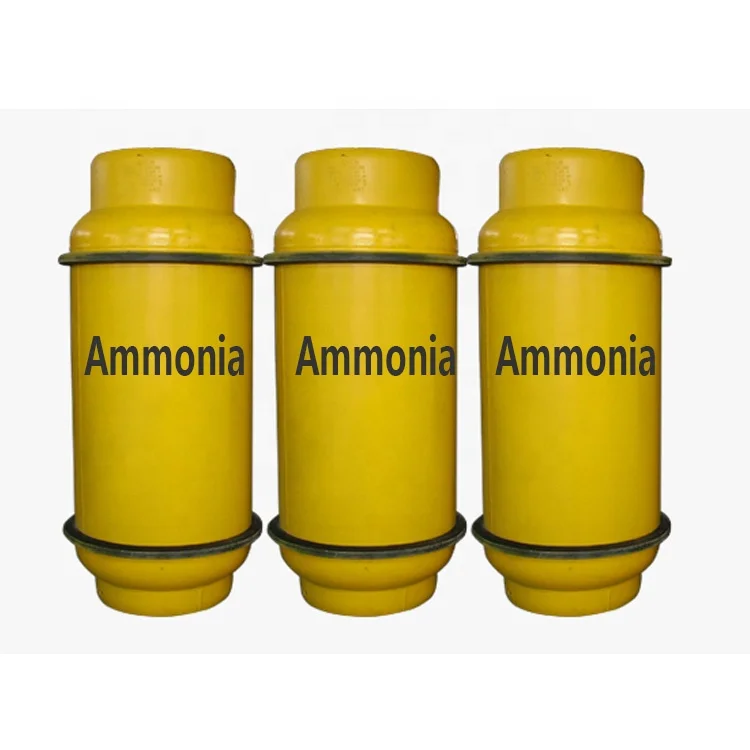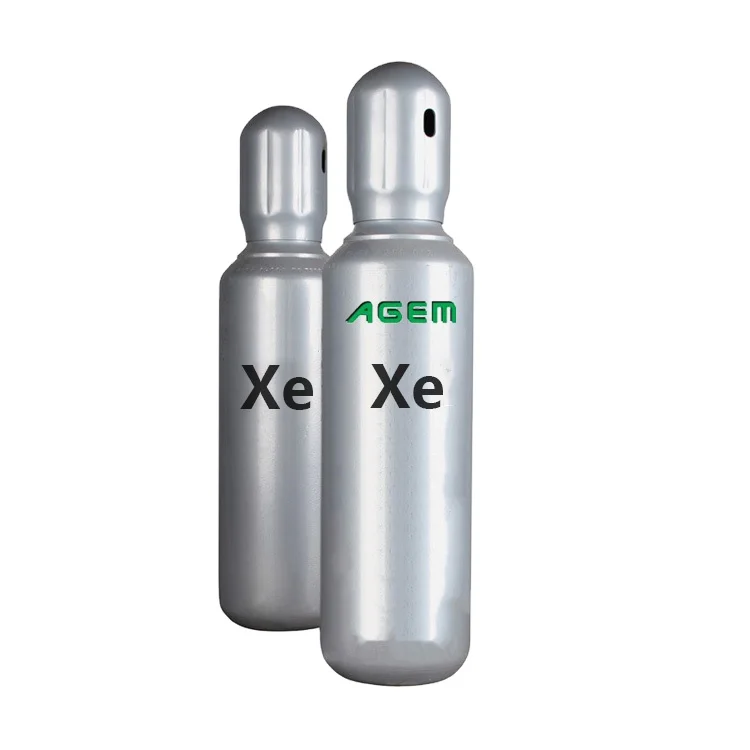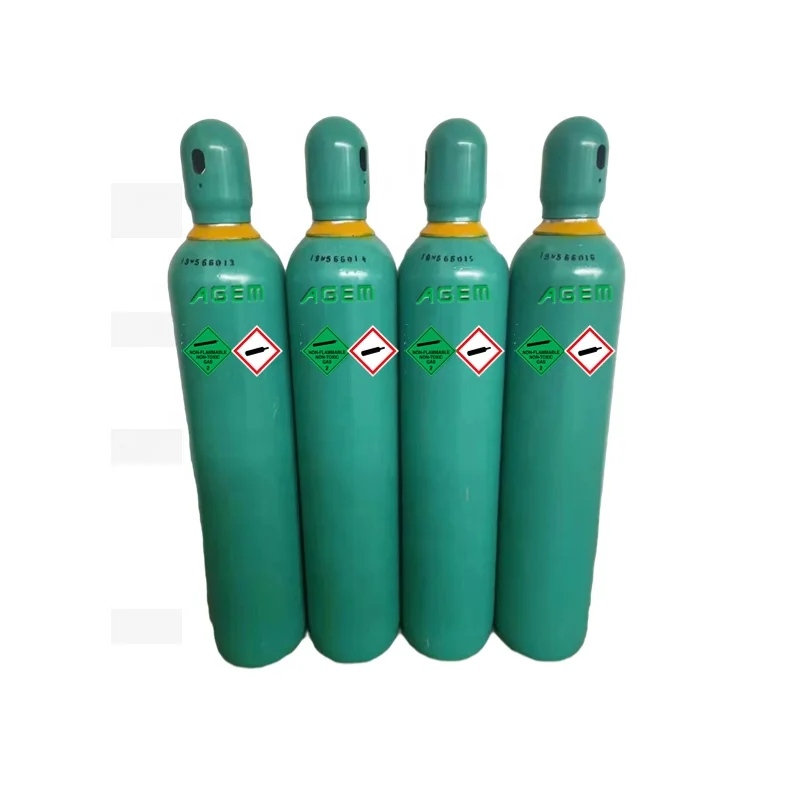- Forléargas
- Fiafraigh
- Táirgí gaolmhara
Ag tabhairt faoi ghlas, an NH3 Féarúil AGEM Grád Oiliúna le Glanacht 99.9%, díoltas uaithe do forbairt planda iomláine agus éifeachtaí ardchaighdeánach. Tá ár phroduct cruthaithe chun feabhsaíocht féartha a sholáthar agus an spásadh sábháilte agus fadhbraithe a choinneáil atá againn.
Is é ár Nítrámh Anhidhrúsach Grád Inbheach 99.9% NH3 Líonadh Fadhbhóithre Nítrámh a dhéanann an-bhéil nítrámh, ciall a bhfuil sé nach bhfuil aon uisce ann. Is é sin a thabhairt ar fud mar thoradh iontach chun spriocadh i gcás fás slán agus chun soláthar na gceangal bán-ghnóthaí do do phlánta. Gan mórán eile de na féirtearaí atá ar fáil ar fud an ruda, tá ár gclár ina chomhlacht anhidhrúsach go hiomlán, a chur isteach go bhfuil sé saor ó aon chúram nó neamhspleách a d'fhéadfadh do phlánta dochar a dhéanamh.
Is é sin é ár AGEM’s Grád Inbheach 99.9% NH3 Nítrámh Anhidhrúsach Líne Fadhbhóithre NH3 Fertilizer is éasca le cur i bhfeidhm agus ní bheidh aon tuisceana speisialta nó eitightheacha speisialta ag teastáil uait. Cuir amach é le h-uisce agus cuir isteach é ar an talamh faoi do phlánta. Tá ár líne féirtearaí ard-mheasúchán, cinntiú go gfaightear tuairimí is mó as gach cúrsa.
Is lena n-áiriúl de na buntáistí a fheabhsóidh ag úsáid AGEM’ Gréasán Tairbhe Pionta 99.9% NH3 Amónia Neamhtharlaigh Líofa NH3 Firtileáil Nang é an cumas a chur chun forbairt shúile bródúil a chur i bhfeidhm. Cuir an amónia ardphianacht inár gcruthóg chun forbairt shúil níos soiléir, a chuireann ar ais plandaí níos láidre, níos slán. Mar sin féin, tá tuillte coitianta sna n-ionadaithe líofa againn a chuireann béim ar fhorlíonadh sláinte phlanda go háirithe agus cosaint idir dhaoine agus eile seo mar phríomhshuim.
3. Faoin gcinneadh cárcach a bheadh mé ina chomhluadar le hamóin
Tá gach duine ina chomhluadar leis an aer agus an bia ar fad san eolaire mar atá sé bunaithe níos mó. Tá faobhar íochtarach den amón i gcásúil uisce agus talamh. D'fhéadfadh tú ina chomhluadar le leibhéalíocha den amón trí úsáid a bhaint as phroducta sócadha atá bunaithe ar amón. Má úsáideann tú féar féiteach nó má bíonn tú taobh istigh de shléibhte agríofa a úsáid féar féiteach, d'fhéadfadh tú ina chomhluadar le leibhéalíocha den amón. Má thugann tú rochtain ar thi sealaíochta a bhfuil mórán d'ainmhithe ann (go háirithe ainmhithe fhréamhacha), d'fhéadfadh tú ina chomhluadar le faobhar ardíocha den amón.


Ainm an Táirge |
Fearthra Líofa |
Íonachta |
99.9% |
Uimhir CAS |
7664-41-7 |
Uimhir EINECS |
231-635-3 |
MF |
NH3 |
Cur Chun Cinn |
Féirín, Coibhneastach |
Rúm UN |
1005 |
Mass mholár |
17.031 g/mol |
Ainmhithe: |
Gás Gormghlan |
Céim : |
Céim chrua fuar láidir |
Sonraíocht: |
99.9% |
99.999% |
Ocsaigin |
/ |
<1<>
|
Nítrigin |
/ |
<5<>
|
dhéan-dháicsíde carbóin |
/ |
≤ 1 |
fhréamh carbón |
/ |
≤ 2 |
Meicen |
/ |
≤ 2 |
Fliuchas(H2O) |
≤0.03 |
≤ 5 |
Neamhthortha iomlán |
/ |
≤ 10 |
Iarann |
≤0.03 |
/ |

Úsáid |
Feidhm Sheiceálaigh |
||
Gníomh antimicriach do phróducta bia: |
Úsáidfear amón gan uisce faoi láthair go traidisiúnta chun comhdhúnacht micriach ón nganbhíf a laghdú nó a scriosadh |
||
Sócad: |
Is é an fhiabhras nóimeach ar fud an tí a sholútha den NH3 i uisce agus a úsáid mar chlár ábhar ginearálta don gcéimnítheacht ar mhaithanna éagsúla |
||
Díon hidreoxilámh |
|||
Fermentiú: |
Úsáidtear solúthair nóimeach idir 16% agus 25% san tseandrócht féiminti mar fhoinse nitróin do mhicri-bhéichte agus chun bH le hathrú gan fermentiú |
||
Féirliú: |
Ar fud an domhain, tá maireachtáil timpeall 88% de nóimeach mar fhéirliú nó mar na slat, na solúthair nó gan uisce. Nuair a bhaineann sé le talamh, tabhair faoi láthair toradh níos mó de chultacha mar sinne agus eorna |
||
Príomhfhorbróir do chompainte nitróin: |
nó mar na slat, na solúthair nó gan uisce. Nuair a bhaineann sé le talamh, tabhair faoi láthair toradh níos mó de chultacha mar sinne agus eorna |
||
Proudach Rayon |
|||
Comhshábháil Propyléin agus éadrom dimetile |
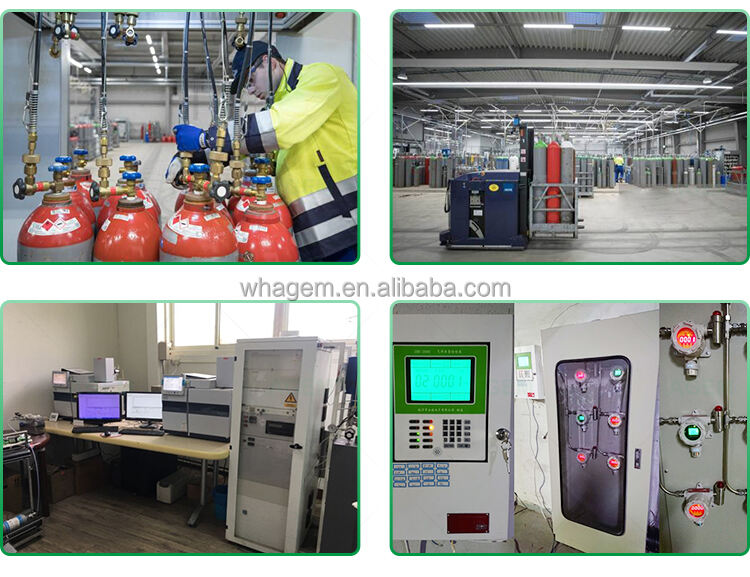

Méid an phacáin: |
cilín 50Ltr |
gloine 400Ltr |
gloine 800Ltr |
|||
Cainníocht Ghlana Léirithe/Gloine: |
25kgs |
200kgs |
400KGS |
|||
Cuantas Luchtaithe i gContaeir 20': |
220 píosa |
25 píosa |
17 píosa |
|||
Cainníocht Nío Theoranta Uile: |
5.5 Tonn |
5 TONS |
6.8 Tonn |
|||
Cineál Cilindéir: |
55kgs |
380Kgs |
477Kgs |
|||
Comhla |
QF-11\/ CGA705 |
|||||
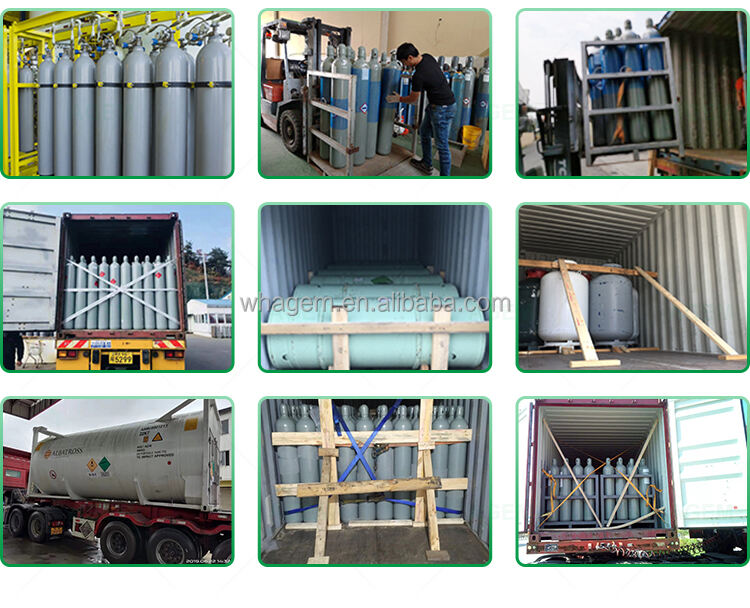
A: Ón gcilindéar chéanna
A: 7-10 lá ina dhiaidh go bhfuilimid ag féachaint ar an idé, Ansin nuair a ordúimid an gaoth nó scigeadh tríd an aer, is féidir linn eolas a fháil ar an gcuí uile ama chun scigeadh a thabhairt chuig tír an custaiméara.
A: Ar dtús, déanfaidh ár ngheamhar cilindéir a threamh (glanadh, toradh, fholmhadh, scaoileadh, agus athrú sula ndéanfar gas a chur isteach chun cinntiú go bhfuil an gcilindéar inmheánach glan agus dorcha). Ansiost, déanfaidh muid cúrsaí treallaithe a thástáil arís chun cinntiú go bhfuil an gcilindéar inmheánach glan agus dorcha. Treicead, analíseofaí an gas tar éis dul isteach i gcilindéirí agus COA (Teastas Bunáide) a sholáthar.
A: Gneráideach, is breis ná 20 bliain é an fhiú saoil oibre díon stailte soilse. Ní leor na díon amháin chun bunadh a dhéanamh amháin.
A: Tá, nuair a thagann an gás isteach i do chuideachta, is féidir leat na díona folamh a sheoladh ar ais agus an gás a chóirithe arís. Ní mór duit infórmáid dúinn sula dtosaíonn do phróiseas easpórtála, bímid ag obair ar chúrsaí tsuíomh doghra na ndíon i gCíné.
A: Díon DOT-3AA ISO9809, GB5099, TC-3AAM. EN1964, KGS VALVE: DISS, CGA, DIN, BS, AFNOR, JIS.
A: Is cuid den chóip 2.2 DG cargóg ár n-athruithe agus caithfidh siad a bheith ag seolta mar chargóg DG, má sheoltar mar chargóg coitianta, is neamhlúdach é, beidh orduithe DG cargóg againn ón gcóras seolta, má tá ceann eile coitianta agat, is féidir leat iad a chur isteach san gcargóg agus a sheoladh mar chargóg DG.
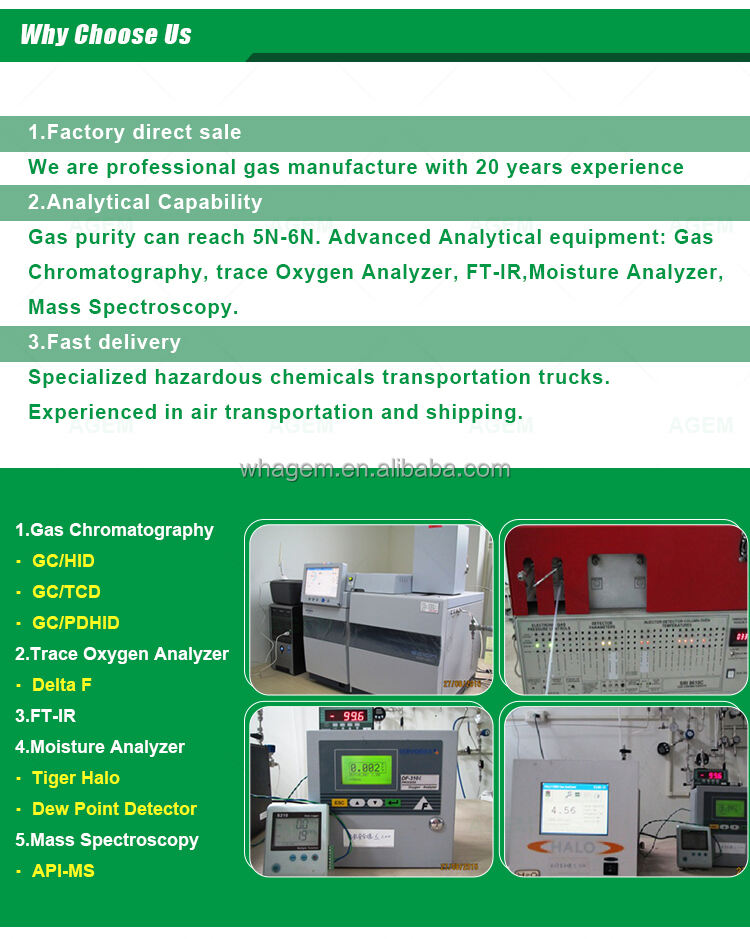
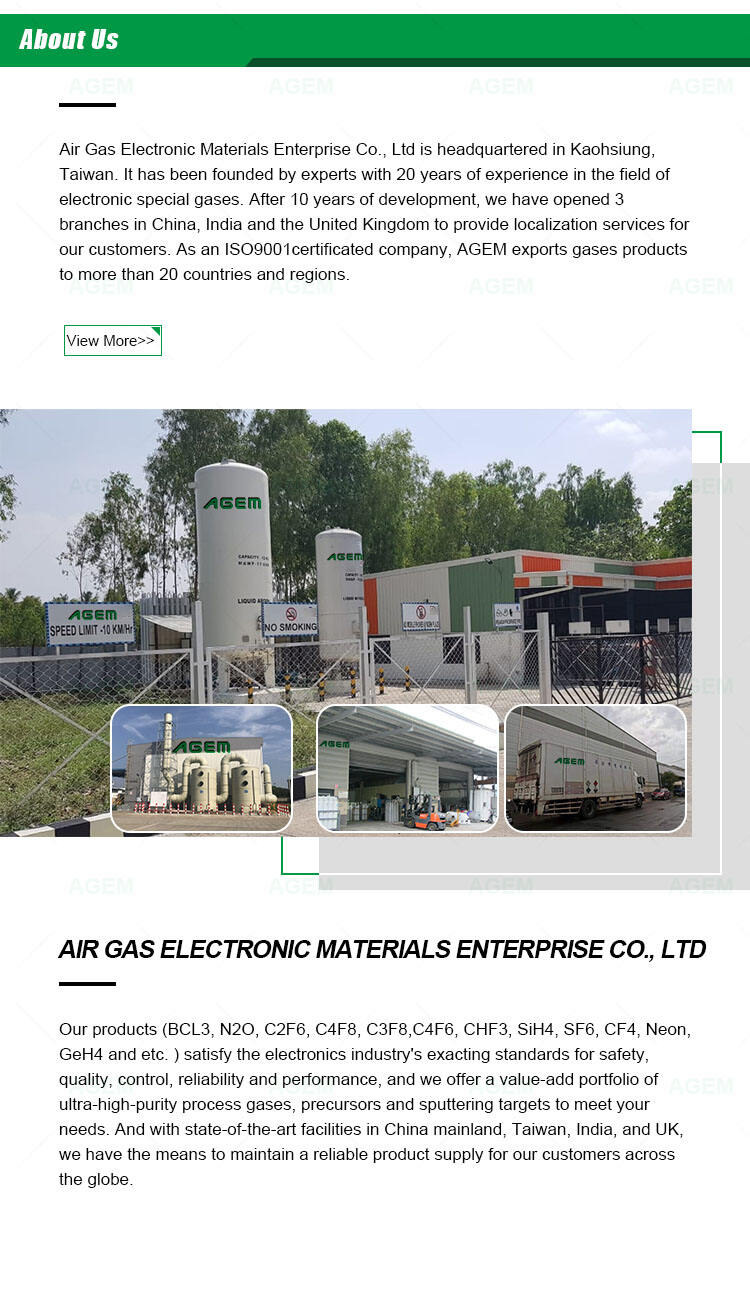
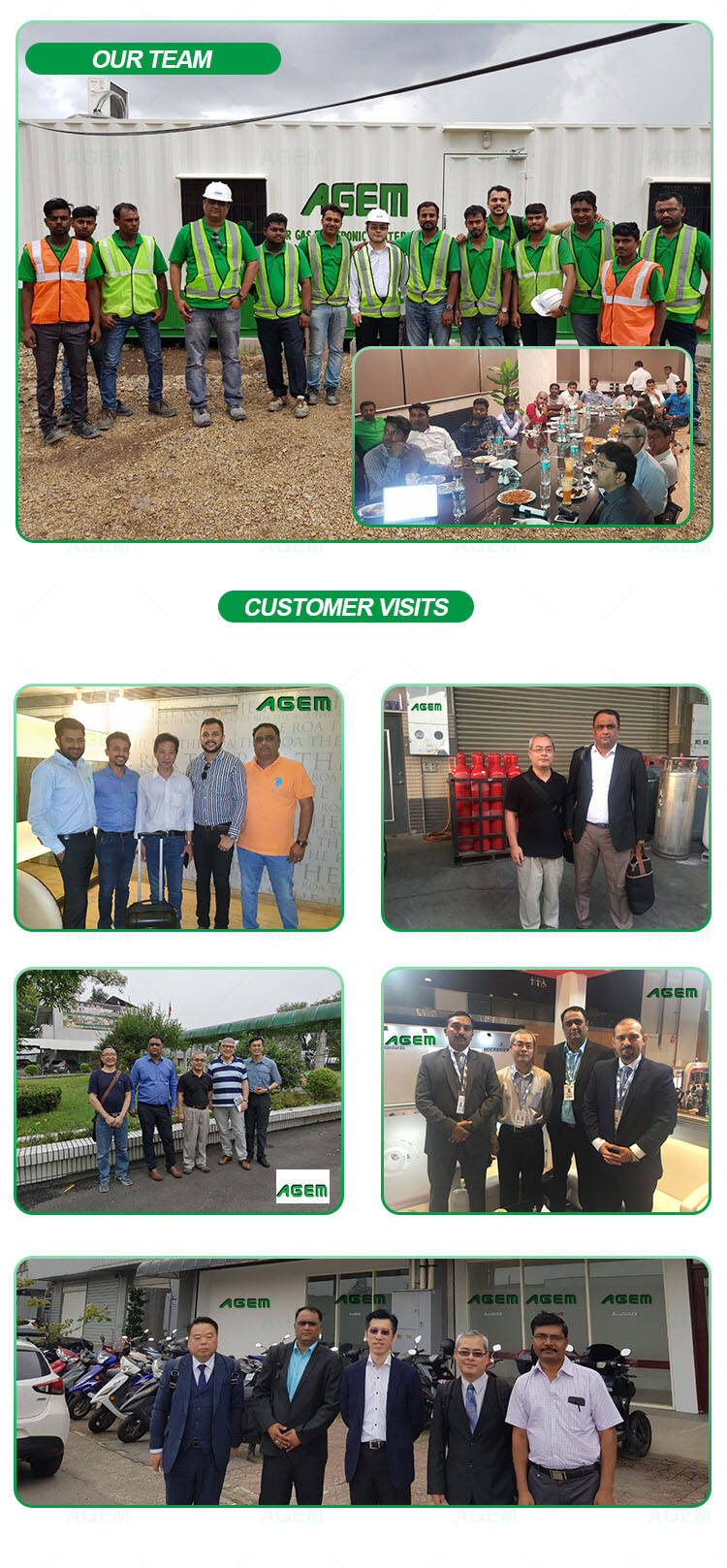


 EN
EN
 AR
AR
 CS
CS
 DA
DA
 NL
NL
 FI
FI
 FR
FR
 DE
DE
 EL
EL
 IT
IT
 JA
JA
 KO
KO
 NO
NO
 PL
PL
 PT
PT
 RO
RO
 RU
RU
 ES
ES
 TL
TL
 ID
ID
 SK
SK
 SL
SL
 UK
UK
 VI
VI
 TH
TH
 TR
TR
 AF
AF
 MS
MS
 SW
SW
 GA
GA
 CY
CY
 BE
BE
 KA
KA
 LO
LO
 LA
LA
 MI
MI
 MR
MR
 MN
MN
 NE
NE
 UZ
UZ

